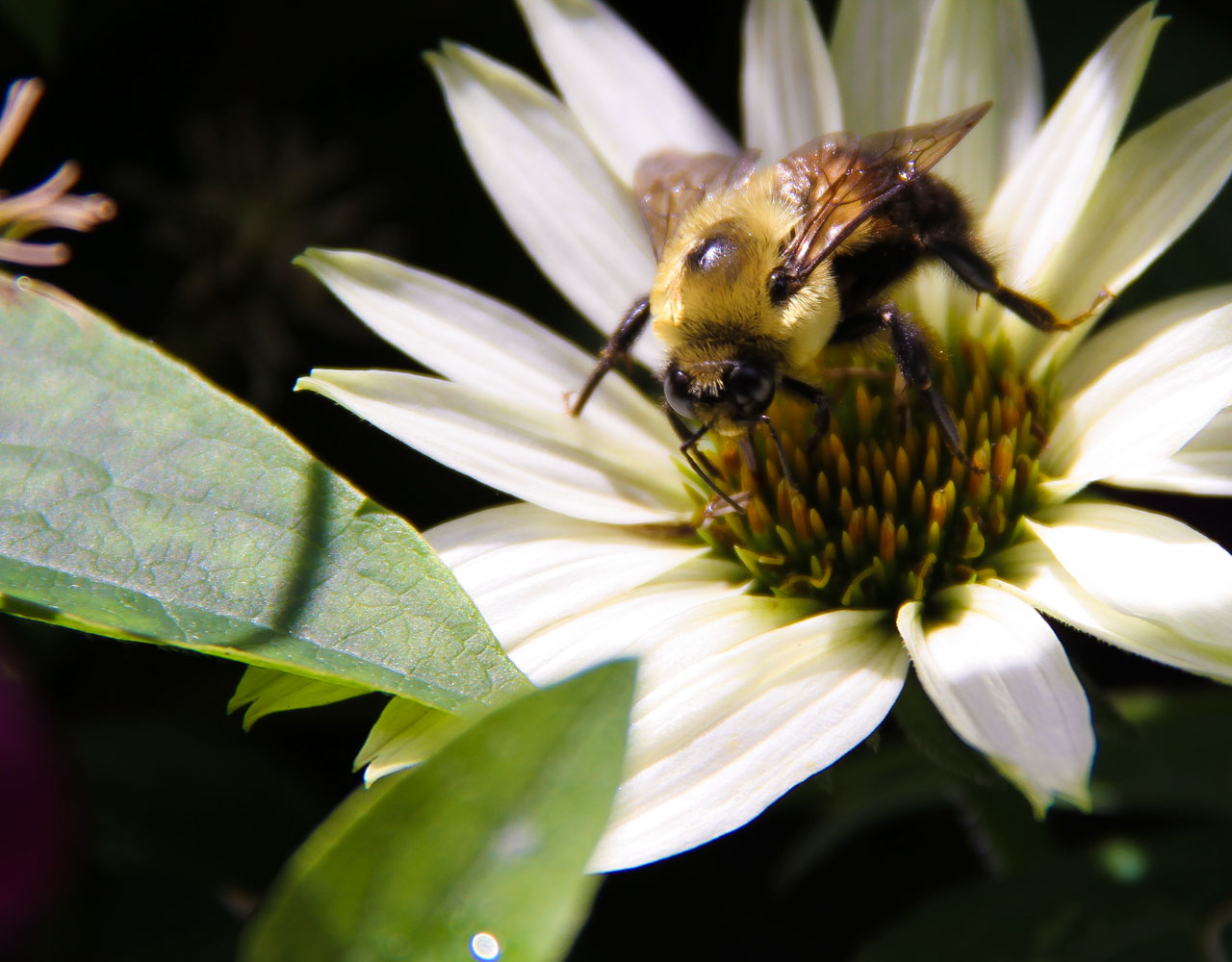In our attempts to satisfy the ever-growing demand for food, humans have developed methods that maximize yields on commercial farms. We’ve determined efficient solutions to common agricultural problems and have modernized the way we plant, maintain, and grow crops. However, with all of these new developments, it appears that one essential aspect of agriculture has been overlooked: bees.
Wild and managed bees provide pollination services to a variety of crops worldwide. In fact, when the leading crops on the world market were studied, it was found that pollinator-dependent crops make up 35 per cent of the total global crop production, with fruits, vegetables, nuts, and stimulant crops—like coffee and cocoa—relying the most on pollinators.
However, global bee populations have been declining, and the reliance of certain crops on pollination, coupled with an increasing global food demand, reveals why this decline is so significant. But to understand why bee populations are decreasing, we have to look at the way in which we grow food. Commercial farms implement practices that maximize crop yields. While these may be beneficial to crop production, they have been shown to have adverse effects on pollinators.
Agricultural fields on commercial farms are isolated away from natural spaces, resulting in insufficient foraging and nesting resources for wild bees. As agriculture continues to intensify, more and more natural areas are being cleared, reducing the number of environments that wild bees are able to inhabit.

Neonicotinoids, or neonics, are a type of pesticide that are regularly used in Canada and the U.S. Crop seeds are coated in the chemical which the plant then takes in as it grows. Neonic-contaminated pollen has been shown to reduce the lifespan of bees and increase their susceptibility to diseases.
Therefore, agricultural strategies to decrease pollinator losses must be brought forward and implemented soon in order to preserve yields of pollinator-dependent crops. Greener approaches—like organic, small-scale farms—would help to prevent bee population declines, but they might not produce the yields required to keep up with the demand for food.
A more viable option would be to implement eco-friendly approaches into intensive agriculture. Bees are able to subsist in small fragments of environments, so restoring patches of natural vegetation in and around commercial farms can prove to be beneficial to bee populations. Often, wild plants will grow in neonic-contaminated soil, producing contaminated pollen that is harmful to foraging bees. Ensuring pesticides are properly used and reducing their use on commercial farms would also help to preserve pollinators by reducing the amount of contaminated non-target plants.
Consumers also have a part to play in preserving bee populations, as excessive eating habits have created a need for intensive agriculture by increasing food demand. However, changing global consumption habits seems like an idealistic solution to the declining bee population.
Instead, eliminating unnecessary food waste ensures that crops aren’t being overproduced and decreases the demand for them. Investing in bee-friendly alternatives by supporting local and small-scale farms could also be a viable option for those that are able to afford it, given that local produce tends to be more expensive.
Ultimately, bees provide pollination, which is a service that cannot be supplemented. Their role in agriculture is immense and, without them, the yields of certain crops could see significant declines. Therefore, if we want to maximize food production, we need to do it in a way that preserves pollinator populations.
Photos by Meagan Casalino





